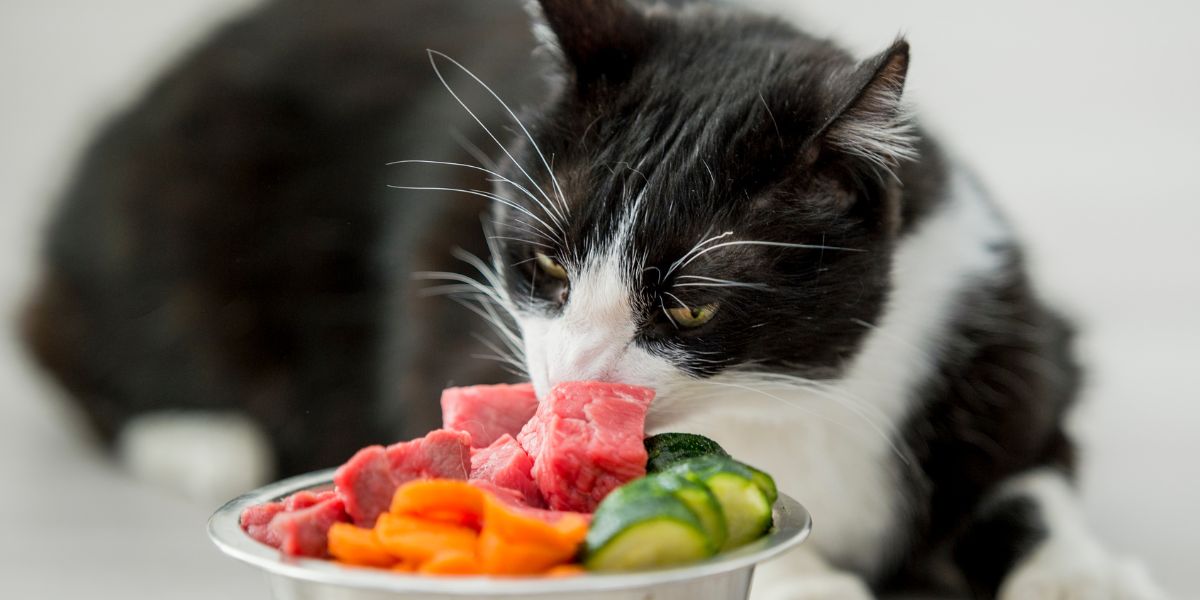
When it comes to transitioning your pet to a new food, taking it slow is key. But what happens if your furry friend doesn't seem interested or faces digestive issues during the change? That's where a few expert tips and tricks can come in handy. So, let's explore some practical strategies to make this process smoother for both you and your beloved pet.
Importance of Gradual Transition
When transitioning your pet to a new food, it's crucial to make the change gradually to prevent digestive issues. Suddenly switching your pet's food can lead to stomach upset, diarrhea, or refusal to eat.
To ensure a smooth transition, start by mixing a small amount of the new food with the old food. Begin with about 25% new food and 75% old food. Monitor your pet's reaction to the new mixture for a few days. If everything seems fine, gradually increase the proportion of the new food while decreasing the old food.
This slow transition allows your pet's digestive system to adapt to the new ingredients and reduces the likelihood of gastrointestinal disturbances.
Selecting the Right New Food
To ensure a successful adjustment for your pet, the first step in transitioning to a new food is selecting the right one.
When choosing a new food for your furry friend, consider factors such as their age, breed, size, and any specific dietary requirements they may have. It's essential to pick a high-quality food that meets your pet's nutritional needs to support their overall health and well-being.
Look for options that list a high-quality protein source as the first ingredient, with minimal fillers or artificial additives. Additionally, consult with your veterinarian to determine if your pet has any food allergies or sensitivities that should be taken into account when selecting a new food.
Monitoring Your Pet's Response
Consider closely observing your pet's reaction to the new food to gauge their response and ensure a smooth transition. As you begin the transition process, keep an eye out for any signs that your pet may be struggling with the change. Look for changes in their appetite, energy levels, stool consistency, and overall demeanor.
Watch for positive indicators such as increased energy, a shinier coat, and a more enthusiastic response during meal times. These signs suggest that your pet is adjusting well to the new food. On the contrary, if you notice decreased appetite, lethargy, digestive issues, or any other concerning behaviors, it may be a sign that the new food isn't agreeing with your pet.
Remember to document any observed changes and discuss them with your veterinarian if needed. Monitoring your pet's response closely will allow you to make informed decisions about the transition process and ensure that your pet's health and well-being are prioritized throughout this adjustment period.
Adjusting Portion Sizes Accordingly
Adjust portion sizes according to your pet's weight and the feeding guidelines provided by the new food manufacturer. It's crucial to ensure that you're not underfeeding or overfeeding your furry friend during this transition period. Start by determining the recommended portion size based on your pet's weight as outlined on the new food packaging. Keep in mind that these guidelines are just a starting point and may need to be adjusted based on your pet's individual needs and activity level.
When switching to a new food, it's recommended to gradually introduce the new diet over a 7-10 day period. Begin by mixing a small amount of the new food with your pet's current food, slowly increasing the proportion of the new food each day. Monitor your pet's weight and body condition throughout this transition to ensure they aren't gaining or losing weight too rapidly.
Seeking Veterinary Guidance if Needed
If you have any concerns or uncertainties about transitioning your pet to a new food, consulting your veterinarian is highly recommended. Your veterinarian is a valuable resource who can provide expert guidance tailored to your pet's specific needs. They can offer insights into your pet's dietary requirements, any health considerations, and recommend the most suitable food options.
Veterinary guidance is particularly crucial if your pet has any underlying health conditions or special dietary needs. The vet can help you create a transition plan that takes these factors into account, ensuring a smooth and safe switch to the new food. Additionally, if your pet experiences any adverse reactions during the transition process, such as digestive upset or changes in behavior, your veterinarian can provide immediate assistance and advice on how to proceed.




